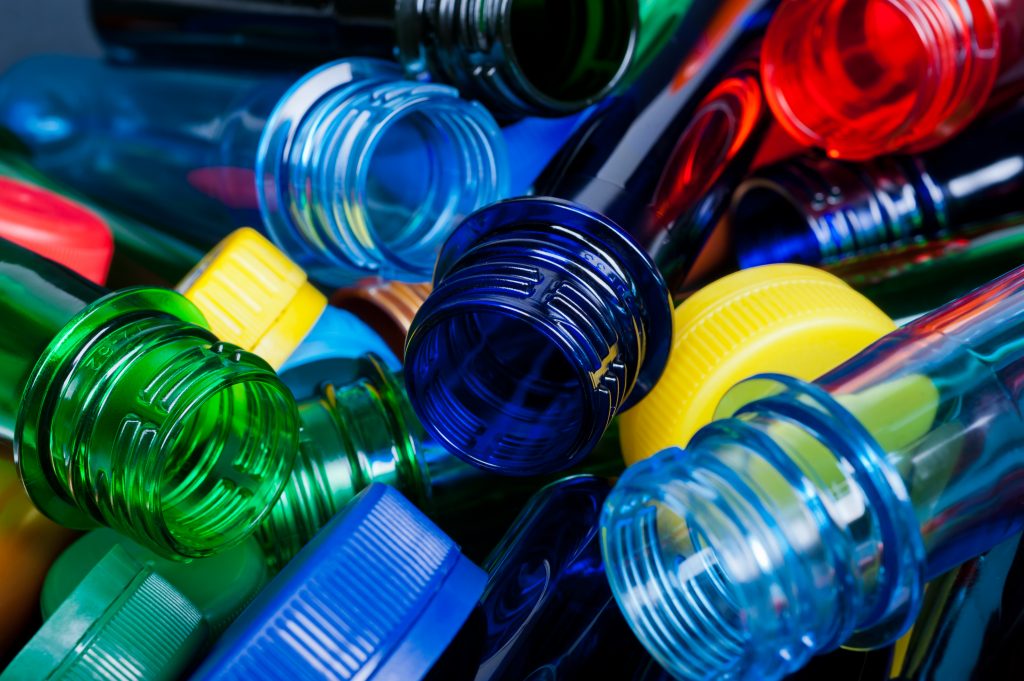Endlessly recyclable plastic
8 May 2019 by Evoluted New Media
By separating plastic monomers from chemical additives, researchers may have created fully recyclable plastics.
Molecular scientists at the Lawrence Berkeley National Laboratory developed a new type of plastic: polydiketoenamine, or PDK. When immersed in an acidic solution, PDK monomers were broken down and were freed from the additive compounds used in plastic production.
Berkeley Lab staff scientist Brett Helms said: "With PDKs, the immutable bonds of conventional plastics are replaced with reversible bonds that allow the plastic to be recycled more effectively.”
[caption id="attachment_93420" align="alignleft" width="229"] The polymers that make up plastics are composed of repeating units of shorter carbon-containing compounds, called monomers.[/caption]
The polymers that make up plastics are composed of repeating units of shorter carbon-containing compounds, called monomers.[/caption]
Commercial plastics generally contain additives such as dyes or fillers to make them hard, stretchy, coloured or clear. The problem is these additives have different chemical compositions and are hard to separate from the monomers.
This usually prevents plastic from being recyclable or “upcycleable” – made into new, higher quality products. Only 20-30% of the most recyclable plastic, polyethylene terephthalate, or PET, is currently recycled.
The new discovery means recovered PDK monomers can be remade into new plastics without inheriting colours of other features of the original material – potentially leading to an endlessly recyclable type of plastic.
PDK could be used to manufacture objects that currently have limited recycling options, such as adhesives, phone cases, watch straps and computer cables.
“We’re at a critical point where we need to think about the infrastructure needed to modernise recycling facilities for future waste sorting and processing,” Helms said. “If these facilities were designed to recycle or upcycle PDK and related plastics, then we would be able to more effectively divert plastics from landfills and the oceans.”
The researchers now plan to develop PDKs with a range of thermal and mechanical properties for applications such as textiles, 3D printing and foams, while incorporating plant-based materials and other sustainable sources to make them greener.





